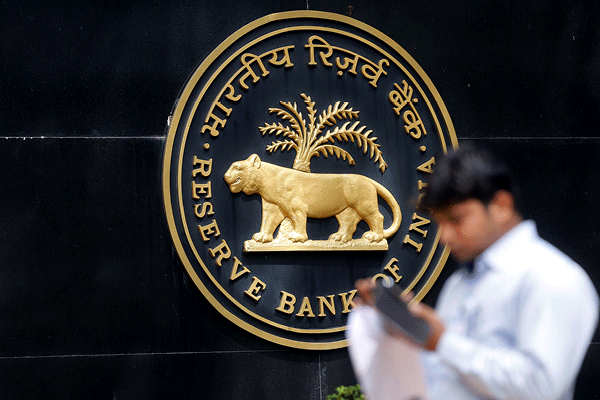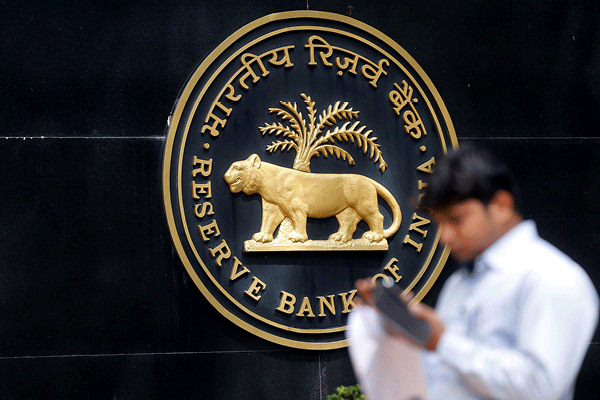
India recently directed lenders to initiate bankruptcy proceedings against 12 of the biggest loan defaulters in an effort to clean up the country’s bad loan mess. But how effective will it be?
Last month, India’s central bank asked lenders to initiate bankruptcy proceedings against a dozen companies, including Essar Steel, Bhushan Steel Ltd, Monnet Ispat and Energy Ltd, according to sources interviewed by Reuters.
This followed a change enacted in laws in May that gave the Reserve Bank of India (RBI) greater power to address the $150 billion stressed loan problem plaguing growth in Asia’s third-largest economy.
While the RBI has yet to officially name any of the 12 companies, which account for about 2 trillion rupees ($31 billion) of India’s nonperforming loans – or roughly 25 percent of all the country’s bad loans– these are primarily believed to be in the steel and power industries.
Jaypee Infratech, Electrosteel Steels, unlisted Bhushan Power & Steel, textiles maker Alok Industries, ABG Shipyard and Jyoti Structures are also among the firms that will be taken to insolvency courts by the RBI, said the sources.
The TV station CNBC TV18, which reported the 12 names earlier last month, also said Lanco Infratech, Amtek Auto and Era Infra Engineering were on the list. According to TV18, RBI has asked banks to initiate bankruptcy proceedings against six of the firms within 15 days and to file petitions for the others within 30 days.
The National Company Law Tribunal (NCLT) has been appointed as the nodal court for insolvency and bankruptcy proceedings in India, Reuters said. A bankruptcy filing would result in recovering some funds owed through a debt restructuring, or ultimately through liquidation of the company.
Such action means banks would no longer leave bad debt on their books and it could force them to put more money aside to cover losses – at a time when funds are already short as banks seek to comply with international capital standards, Reuters added.
Indian banks typically lend larger sums in groups. Lead banks plan to call meetings of the groups over the next two weeks to decide the next course of action, one source told Reuters.
UPHILL CLIMB
In May last year, India passed the Insolvency and Bankruptcy Code, 2016 (IBC), a law that looked to consolidate the existing framework by creating a single law for insolvency and bankruptcy. About a year later, using its newly acquired powers, the RBI decided to throw everything it could at India’s bad-debt problem, which affects up to one-fifth of the nation’s assets.
And this is just the beginning; the 12 large accounts were part of the first batch of 60 delinquencies the RBI wants to clean up in 60 days.
“The RBI has clearly taken a bold step in pushing some of the largest corporate debtors head first into the ‘resolve or dissolve’ IBC regime,” says Ameya Khandge, a partner at Trilegal. However, he notes that there are there are three key challenges the RBI faces.
“The first is provisioning focus,” he says. “From a historical standpoint, provisioning considerations may have played a disproportionate role in the approach of several banks and financial institutions in assessing restructuring proposals. This is perhaps one of the reasons that the problem of stressed assets has only aggravated in the past few years.”
Secondly, there are extraneous factors at play. “Several distressed companies have been facing systemic industry wide problems that are beyond the control of direct stakeholders like promoters, management or lenders, which can only have long term sustainable resolution if such extraneous factors are resolved – whether they are administrative, regulatory, legal or otherwise,” says Khandge.
And finally, there is the valuation mismatch. “To the extent distressed loans or distressed assets have been sought to be put on the block to interested third party distressed funds or acquirers, there has very often been a huge valuation mismatch in the expectations of the transacting parties,” he shares. “Parties need to find a suitable realistic middle ground where asset disposals or change in control is sought.”
And there is more. The IBC is barely a year old, for example, and the NCLT is thought to be under-prepared for a blitz of this scale. “While the IBC as well as the associated infrastructure is still in its early stages, it is a limited number of high value accounts that have been referred at this stage,” says Khandge. “The key challenge is that very high stake accounts have been put into the IBC at a stage where early stage jurisprudence is being established, and insolvency professionals and agencies handling the interim management of distressed debtors require the technical know-how and experience to navigate large businesses.”
He adds that given the stakes involved, it will be imperative for all stakeholders to find viable resolution strategies within the requisite time-bound period to ensure that the accounts are satisfactorily resolved in a sustainable manner.
